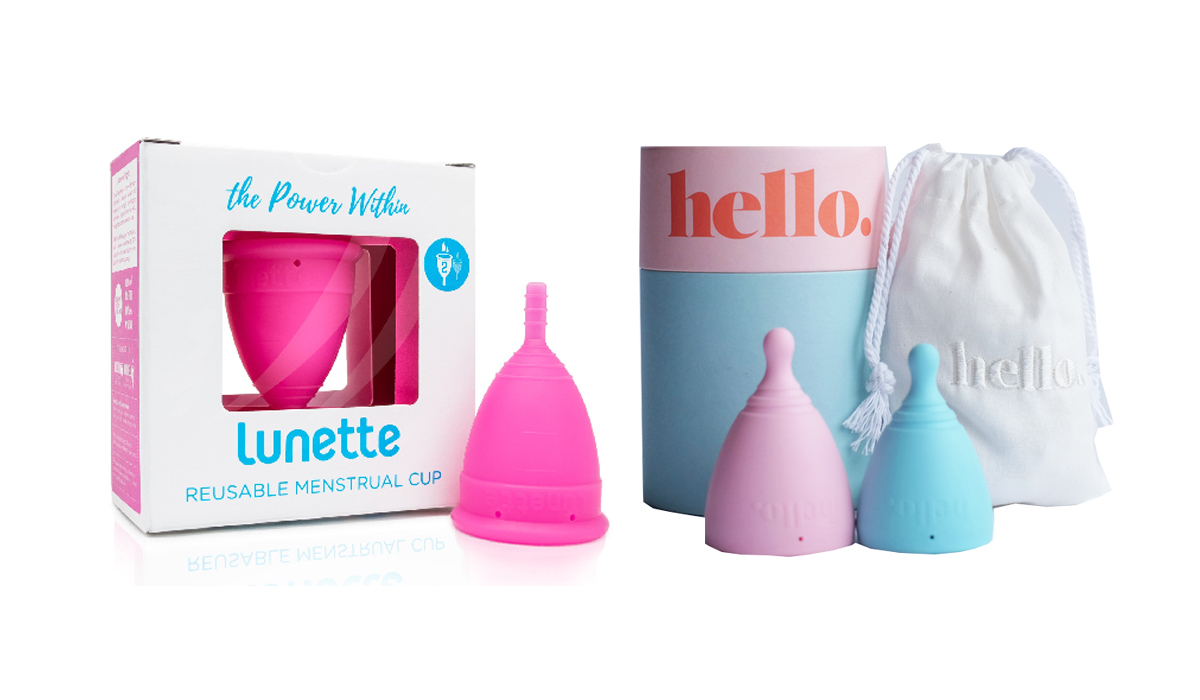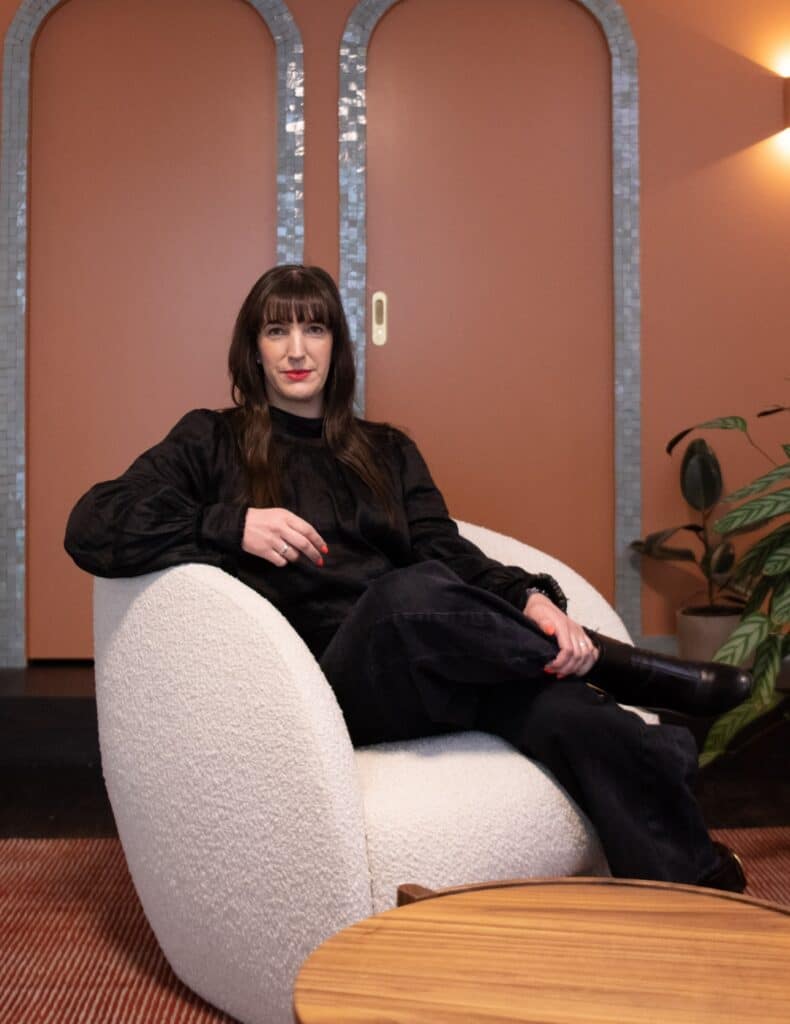Half the population has to deal with a menstrual cycle every month, yet in New Zealand, it still seems to be something that we struggle to openly discuss.
Thankfully, we’ve tested and explored the reusable option everyone is talking about right now: moon cups, also known as menstrual cups. With the average woman using 11,000 tampons or sanitary pads in her lifetime and the time, it takes to degrade is centuries longer than the women’s lifetime, it’s no wonder we are seeking more reusable options.
Watch an honest review below for everything you need to know about using a menstrual cup:
Which size of menstrual cup is right for you?
Depending on the brand you choose to use, the sizing can vary, but generally, the rule of thumb is that if you haven’t had children and have a normal period (not too heavy) then you would fit a medium sized cup. If you have had children or experience a heavier period each month, then a large cup will be a perfect choice.

TRY: The Lunette Cup, $65 and The Hello Cup, $49.
How to use a menstrual cup
While menstrual cups aren’t the trickiest of things to use, they definitely take a bit of practice to get used to. Our biggest piece of advice is to research the brand – each cup offers a different take on inserting it, but the general rule of thumb is that they require some folding. Having tried two, each one had a different way of inserting it and it really does make all the difference to how your body accepts it. The key to making sure you have it in the right position is that you will feel a suction effect which will help to let you know it’s popped into position. You may be surprised at how high it needs to go to get into position, but this is completely normal. Once it is in place, it can stay put for 12 hours meaning no awkward trips to the bathroom a million times a day if you have a heavier flow. Added to this, night time has just become a lot more restful thanks to the fact the cup can stay in a full 12 hours at night too.
How to clean your menstrual cup
When it comes to cleaning, some brands will offer cleansing wipes to help you keep the cup sanitary, but generally, most women take their cup out in the shower which reduces mess and a rinse with a soap-free body wash will help to disinfect the cup ready for the following month. These cups will usually last you at least 5 years thanks to the medical-grade silicone or latex that is used in the making of these.
What are the differences between menstrual cups?
While you may think all cups are created equal, they are in fact not. It’s not really that any are better than the others; it’s more about choosing the right fit – excuse the pun. Some brands offer a firmer material while others are softer and somewhat easier to apply (but harder to remove). While it may take you a couple of attempts to ace the right cup for you, it’s well worth it for the savings you’re going to make in your life without having to buy tampons or pads each month.
Are there dangers or complications associated with using menstrual cups?
It’s worth mentioning that some may find it harder than others to insert your cup. If you have a tilted uterus which is very common, the cup is going to go higher up and towards the back which can make removing a little bit more awkward, but nothing that practice won’t fix. Considering how much better they are for your body, not to mention the environment, we think these are here to stay.
Words: Sarah Simpson
Photos: Supplied, Getty Images
This article originally appeared on beautyheaven.










